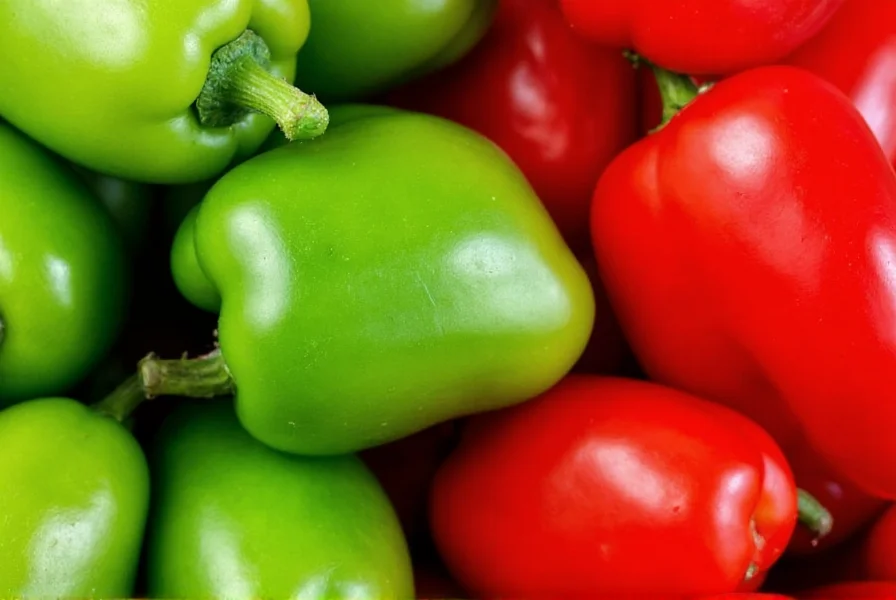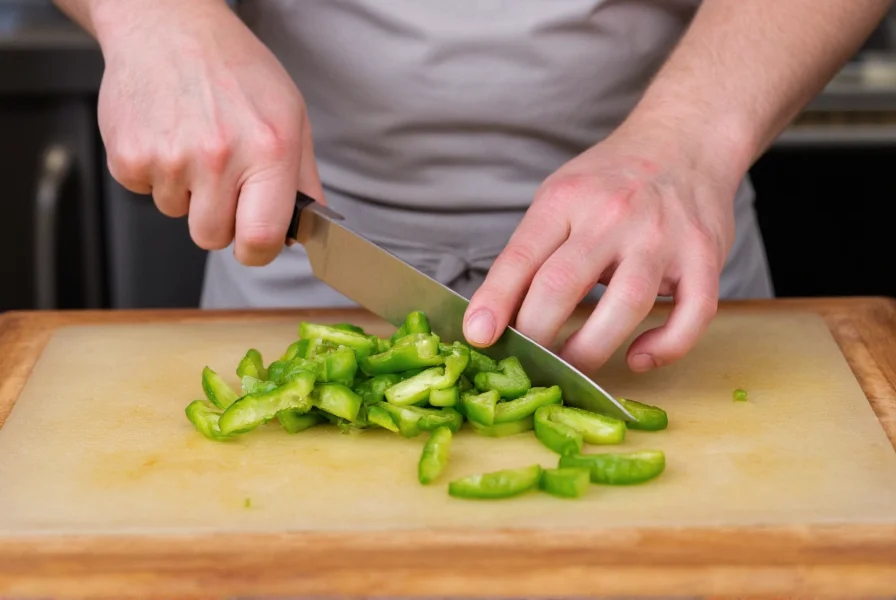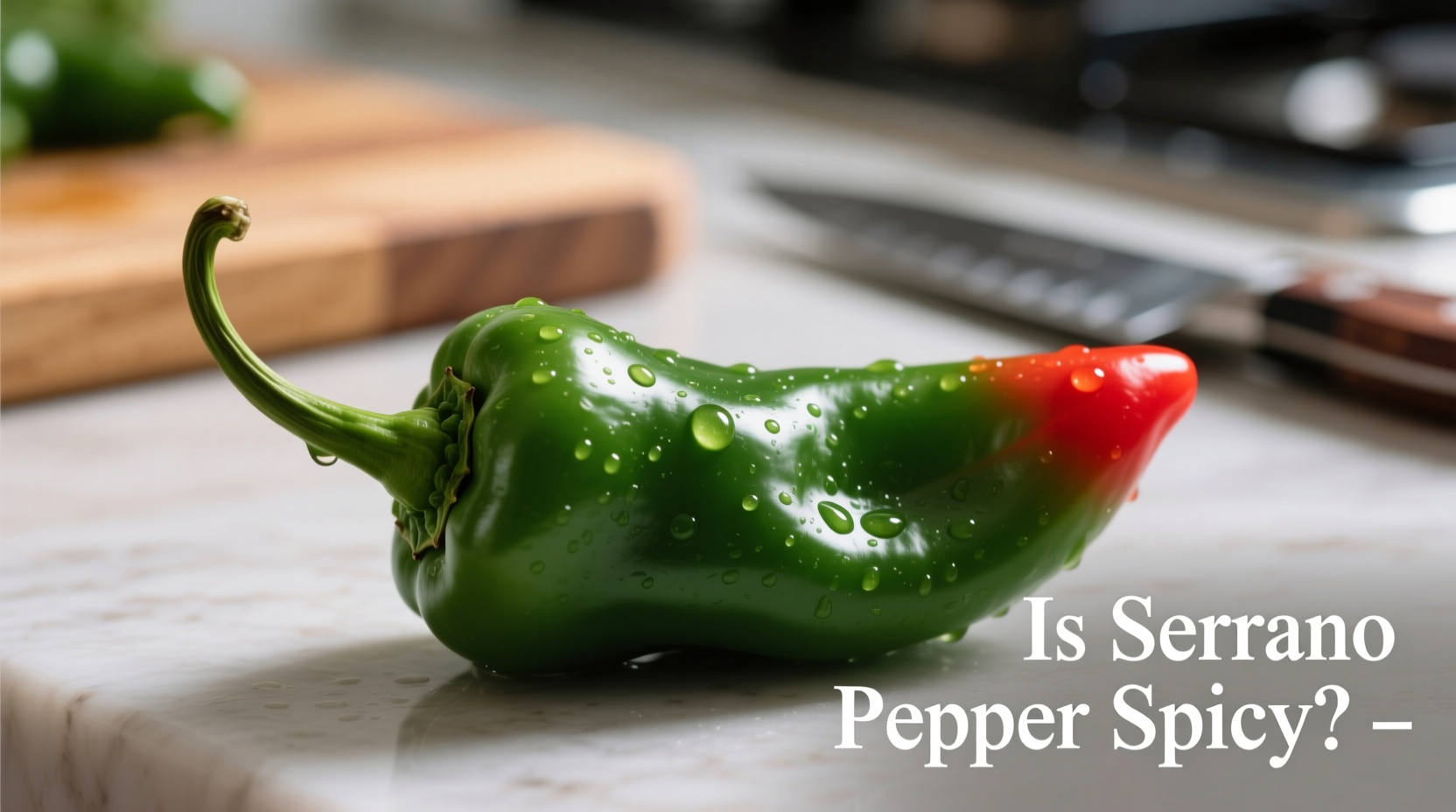Serrano peppers deliver a clean, grassy heat that builds gradually, distinguishing them from other chili varieties. Understanding their precise heat level helps home cooks and chefs incorporate them effectively into recipes. This guide explores serrano pepper spiciness in detail, including historical context, environmental influences, and practical culinary boundaries.
Understanding Serrano Pepper Heat Level
Serrano peppers (Capsicum annuum) originate from the mountainous regions of Mexico, where they've been cultivated for centuries. Their name derives from "sierra," referring to their native highland habitat. Unlike some chilies that vary wildly in heat, serranos maintain relatively consistent spiciness within their established range of 10,000-23,000 SHU.
Historical Evolution Timeline
Archaeological and agricultural research reveals key milestones in serrano pepper development:
- Pre-1500s: Indigenous communities in Mexico's Sierra Madre mountains selectively cultivated wild Capsicum annuum varieties, developing the distinct serrano phenotype adapted to high-altitude conditions (Chile Pepper Institute, source)
- Early 1900s: Commercial production expanded to California's Central Valley, with systematic cultivation establishing serranos as a staple U.S. crop by the 1930s (University of California Agriculture and Natural Resources, source)
The heat in serrano peppers comes from capsaicinoids, primarily capsaicin and dihydrocapsaicin, concentrated in the white pith and seeds. When consumed, these compounds trigger thermoreceptors in your mouth, creating the familiar burning sensation. Interestingly, serranos produce more capsaicin when stressed by factors like drought or temperature extremes—a survival mechanism that makes cultivated peppers potentially milder than wild varieties.
| Pepper Variety | Scoville Heat Units | Heat Comparison |
|---|---|---|
| Serrano Pepper | 10,000-23,000 SHU | 5x hotter than jalapeño |
| Jalapeño Pepper | 2,500-8,000 SHU | Baseline for comparison |
| Habanero Pepper | 100,000-350,000 SHU | 5-10x hotter than serrano |
| Cayenne Pepper | 30,000-50,000 SHU | 2x hotter than serrano |
| Thai Bird's Eye | 50,000-100,000 SHU | 3-5x hotter than serrano |
Factors That Influence Serrano Pepper Spiciness
Several variables affect how spicy your serrano peppers will be:
- Maturity: Green serranos (harvested early) tend to be milder than red, orange, or yellow varieties allowed to ripen fully on the plant
- Growing conditions: Stressors like inconsistent watering or nutrient deficiencies increase capsaicin production
- Part of the pepper: The placenta (white ribs) contains 80% of the capsaicin, while the flesh has minimal heat
- Preparation method: Removing seeds and membranes significantly reduces heat without sacrificing flavor

Culinary Applications of Serrano Peppers
Serrano peppers shine in dishes where you want noticeable heat without dominating other flavors. Their thin walls make them ideal for:
- Raw applications like pico de gallo and fresh salsas
- Infused oils and vinegars
- Marinades for meats and vegetables
- Blended into creamy sauces for balanced heat
- Adding depth to bean dishes and stews
Contextual Suitability and Limitations
Research from health and culinary authorities identifies critical usage boundaries:
- Recommended for: Dishes requiring bright, clean heat (e.g., seafood ceviche, fresh salsas) where thin-walled peppers integrate seamlessly without textural disruption
- Contraindicated in:
- Infant/toddler food formulations (American Academy of Pediatrics advises against spicy foods for children under 12 months, source)
- Cases of active gastric ulceration (National Institute of Diabetes and Digestive and Kidney Diseases notes capsaicin may exacerbate mucosal irritation, source)
- Recipes requiring long simmering (serranos lose volatile flavor compounds after 20+ minutes of cooking)
- Substitution protocol: Replace 1 serrano with 3 jalapeños for equivalent heat, but note serranos lack the earthy notes of roasted jalapeños
When substituting serranos in recipes calling for jalapeños, use half the quantity to maintain similar heat levels. For those sensitive to spice, wear gloves when handling serranos and always wash hands thoroughly afterward—never touch your face during preparation.

Growing Serrano Peppers for Controlled Heat
Gardeners can influence serrano heat levels through cultivation practices:
- Consistent watering produces milder peppers (1-1.5 inches weekly)
- Full sun exposure (6-8 hours daily) maximizes capsaicin production
- Well-draining soil with moderate fertility yields optimal heat
- Harvesting at different maturity stages creates flavor variety
Commercial growers often standardize conditions to maintain consistent heat levels, while home gardeners might experiment with stress techniques for extra-hot varieties. Remember that even within the same plant, individual serranos can vary significantly in spiciness.











 浙公网安备
33010002000092号
浙公网安备
33010002000092号 浙B2-20120091-4
浙B2-20120091-4